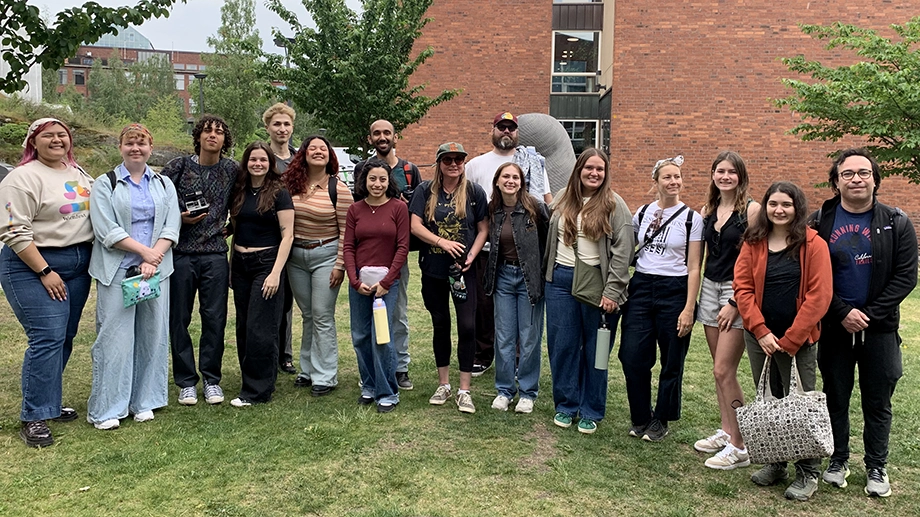Arctic offers new perspectives for students from California and Sweden

Polar bears, abandoned coal mines and a deserted Russian settlement await 16 students from California who arrived at KTH last week to prepare for a unique field study course in the high Arctic, from June 24 to 28. Together with seven students from KTH Royal Institute of Technology, the students from Cal State Fullerton are focusing on climate and environment, culture and society in the Arctic.
“What happens in the Arctic doesn’t stay in the Arctic,” says Eric Paglia who leads the course Environment and Society in a Changing Arctic. That mantra, he says, sums up the Arctic’s growing global importance as a nexus of transformation – where climate change and vanishing ice on sea and land open up opportunities for resource extraction and new shipping lanes connecting the Atlantic and Pacific oceans.
Transformation in the High Arctic
A territory of Norway, Svalbard has in recent years become an increasingly important destination for climate research as well as tourism. The physical evidence of that transformation is all around the island, where melting glaciers and permafrost serve as an ominous backdrop to abandoned Norwegian coal mines and the largely deserted Soviet-era outpost, Pyramiden.
“Svalbard has gone through this pretty remarkable transformation,” Paglia says. "That'll be part of the course—looking at how the island, and the Arctic in general, is going through a series of changes, since climate change is much more rapid in the Arctic.”
Traveling with their professors, Trevis Matheus and Mark Drayce, from the Department of Geography and the Environment, the Cal State students appear to readily grasp the island’s significance, particularly when it comes to climate change.
New perspectives on climate
For CSUF student Jenn Krapf the experience is about gaining a new perspective in her pursuit of a research career focusing on wildfires and climate change. She says experiencing the impact of global warming on the Arctic biome will help her develop a new way of looking at another climate phenomenon she has personal experience with.
“California suffers annually from wildfires and sincere action needs to be taken," she says. “I want to integrate the Arctic into my understanding of climate change—not just by reading or listening to podcasts. I want to add a different perspective that I can share with everyone back in the U.S., and to actually say, this is what’s going on."
David Callahan

